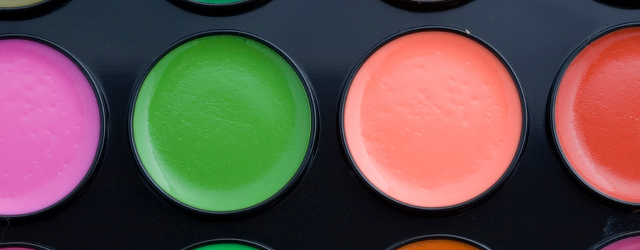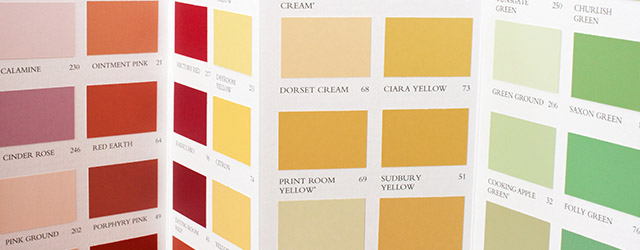Blog
A closer look at colours
Colorimetry: what is it?
20 FEBRUARY 2019
Do you want to look your best using the colours that suit your complexion and your personality? Elora can help you find out more about colorimetry...
A brief look at colours
Before talking about colorimetry, it's important to give you a basic understanding of the concept of colour so that you can understand and establish your colour profile.
Primary, secondary & tertiary colours
A primary colour cannot be obtained by mixing other colours. In fact, it is these three colours (primary yellow, magenta red, cyan blue) that make it possible to obtain all the other colours.
The three secondary colours, green, violet and orange, are created by mixing the primary colours in equal proportions. Finally, the tertiary colours are obtained by mixing a primary colour with a secondary colour. There are 6 in all.
Warm and cool colours
Colours can have warm or cool tones, this is called the temperature of a colour. The temperature of a colour is very important when carrying out a colorimetry test.
Where it gets complicated is that any colour can be warm or cool. You can just as easily have a warm red as a cold red. There are in fact two types of temperature: psychological and relative.
For psychology, we divide the chromatic circle in two, one side for warm colours and the other for cold colours.
With the concept of relative temperature, we compare the temperature of different hues within the same colour family. The more blue a shade contains, the cooler it is (raspberry red) and the more yellow it contains, the warmer it is (poppy red). The important thing to remember is that you should always compare one colour with another.
Colorimetry: the definition
To study a person's colorimetry, we look at the palette of colours that suits them, based on their so-called "natural" harmony: the original colour of their skin, eyes and hair.
The point of drawing up a colour profile is to help you to look your best by choosing the right colours for your clothes, accessories, make-up and even dyes. Taking into account the tastes and personality of the person being studied is essential if they are to find their own style of dress.
Colourimetry tests: how do you go about it?
Image consultants use the draping technique to determine the colours that suit you best. They use pieces of coloured fabric that they place on your shoulders as close as possible to your face to assess whether the colours make you look good or not.
They start by testing warm colours and then cool colours. Once they've found the temperature that suits you best, they then vary the colours to define your colour palette.
Colourimetry tests: what do the colours mean?
Beyond the fact that a colour suits you, it must also be in keeping with your tastes, your personality and what you want to convey. You need to take these parameters into account. If you're a sales consultant or image consultant, take the time to listen to your customer, understand her desires and define her personality.
For example, red conveys a certain self-confidence and dynamism, while blue is synonymous with honesty and reliability. Yellow is the symbol of joy and boldness, pink of seduction... Every colour has its own symbolism!
Would you like to create your own colour palette or draw up a colour profile for your customers? Next episode...
Take a look at our Spring 2021 collection and apply our first tips now.
Mais aussi...
Nos autres articles

10 ideas for festive looks
24 November 2022
Look tipIf you're one of the 91% of French people who celebrate Christmas, you're probably looking for...
Lire cet article
What colour scheme for autumn women?
05 September 2022
Look tipWhat colour scheme for autumn women? Choosing the right colours for your clothes is...
Lire cet article
How should you dress when you're small?
05 August 2022
Look tipHow should you dress when you're small? Our tips When it comes to height, not all...
Lire cet article
What's the best way to dress at 60?
21 June 2022
Look tipWhat's the best way to dress at 60? As we age, our bodies change and...
Lire cet article





